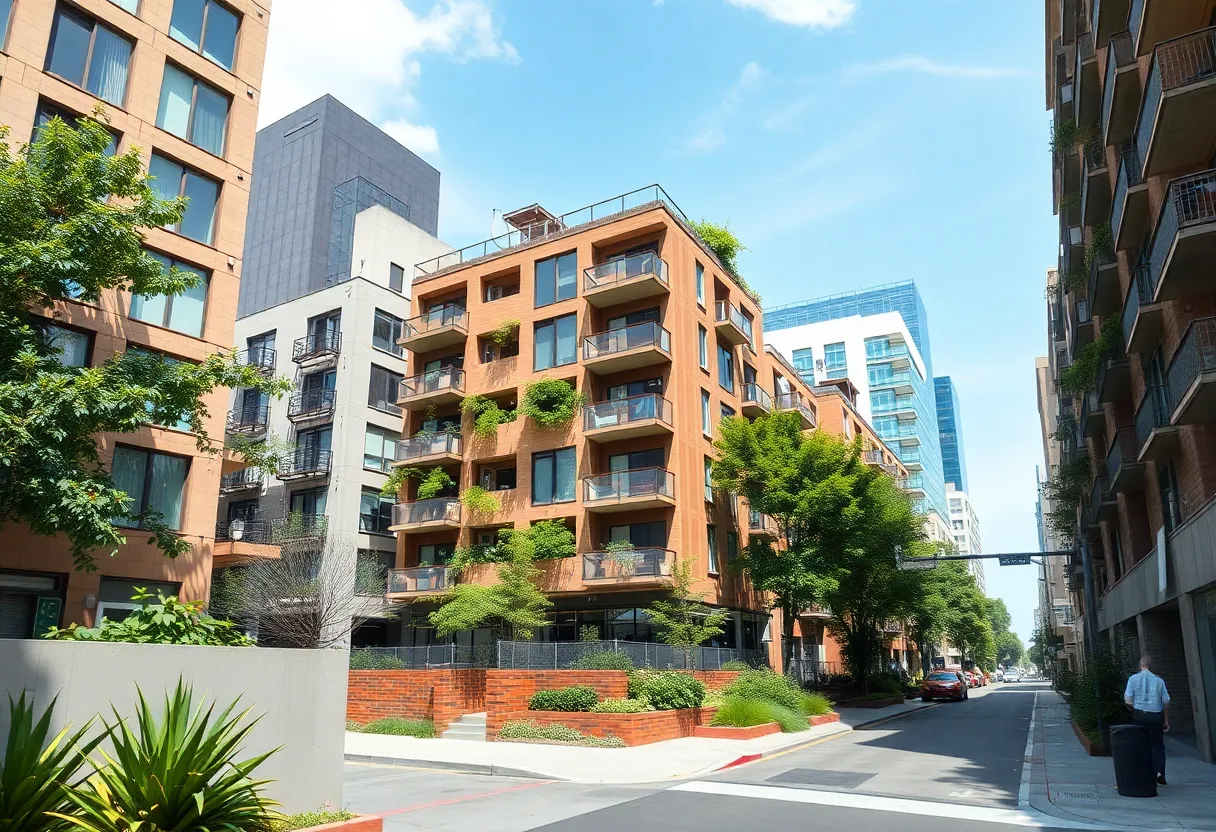News Summary
California faces a severe housing shortage, with only a 0.84% increase in new housing stock in 2024. Accessory Dwelling Units (ADUs) have seen a 14.3% surge, yet many remain unoccupied. Despite state efforts to increase ADU construction, high costs and varied growth rates across counties complicate the issue. A bipartisan federal initiative aims to enhance financing for ADU development, but questions remain about their efficacy in solving the housing crisis.
California is grappling with a critical housing shortage, as new housing stock has only increased by a mere 0.84% in 2024, translating to approximately 125,000 units. A significant portion of this new housing is attributed to Accessory Dwelling Units (ADUs), which accounted for around one-fifth of the total new housing units added this year. The surge in ADU construction reflects a growing trend among homeowners looking to build second units on their properties, often viewing them as a valuable investment to enhance property value.
Despite the rapid rise in ADU production, with a noted 14.3% increase in 2024 compared to the previous year, there is a growing complexity concerning their role in alleviating housing shortages. Many ADU owners opt not to rent their units, instead using them for family members or leaving them vacant. In San Diego County, for instance, around 85% of permitted ADUs are occupied by renters, indicating a disconnect between available units and potential occupants.
The city of Los Angeles has also contributed to the increase in housing stock, with a reported 6% growth in housing from 2020 to 2025, positioning it among the leading cities in Los Angeles County for housing expansion. However, growth rates vary significantly across the state, with counties like Madera achieving a 2.7% increase in housing stock this year, while smaller cities like Huron experienced near 8% growth in 2024.
Los Angeles County stands out in permitting ADUs per capita compared to other counties in California, showcasing a prevalent approval process in lower- and middle-income areas. Research indicates a correlation between the prevalence of ADUs and demographics typical of lower income, denser populations, and a higher number of younger, renter-occupied households.
While state legislation has aimed to encourage ADU construction through regulatory changes such as easing parking requirements and streamlining approval processes, the high costs associated with building ADUs present challenges. Construction expenses can skyrocket, with fees potentially reaching over $26,000 depending on size and location. These financial hurdles may deter many homeowners from considering ADUs as a viable solution to the housing crisis.
A bipartisan federal initiative, referred to as the SUPPLY Act, proposes to enhance financing options for homeowners interested in developing ADUs. This measure targets modest-income families, seeking to simplify the participation in ADU development and promote broader access to affordable housing solutions.
As California continues to face its housing crunch, the effectiveness of ADUs in mitigating the situation remains uncertain. Experts highlight the need to determine whether these units genuinely house individuals unable to find accommodation or if they merely provide additional space for current residents. The future of ADUs as a housing solution will likely depend on addressing both construction costs and the use of these units in the broader context of California’s housing landscape.
In summary, while ADUs are part of the state’s strategy for increasing housing availability, their impact on the overall housing shortage is still being evaluated. The state and federal governments continue to explore possible strategies to address California’s ongoing housing crisis, as residents and policymakers alike look for effective solutions to promote sustainable growth and improve access to affordable housing.
Deeper Dive: News & Info About This Topic
- Los Angeles Times: ADU Housing Shortage
- San Luis Obispo Tribune: Local News
- SFGate: Best ADU Builders in Bay Area
- ABC10: ADU-Related Complaints
- Wall Street Journal: Financing Tiny Homes
- Wikipedia: Accessory Dwelling Unit

Author: STAFF HERE HOLLYWOOD
The Hollywood Staff Writer represents the experienced team at HEREHollywood.com, your go-to source for actionable local news and information in Hollywood, Los Angeles County, and beyond. Specializing in "news you can use," we cover essential topics like product reviews for personal and business needs, local business directories, politics, real estate trends, neighborhood insights, and state news affecting the area—with deep expertise drawn from years of dedicated reporting and strong community input, including local press releases and business updates. We deliver top reporting on high-value events such as the Hollywood Bowl summer concerts, the Hollywood Christmas Parade, film premieres at TCL Chinese Theatre, and festivals at the Magic Castle. Our coverage extends to key organizations like the Hollywood Chamber of Commerce and Visit Hollywood, plus leading businesses in entertainment, dining, and tourism that define the local economy. As part of the broader HERE network, including HERELosAngeles.com, HEREBeverlyHills.com, HEREAnaheim.com, and HEREHuntingtonBeach.com, we provide comprehensive, credible insights into Southern California's dynamic landscape.





